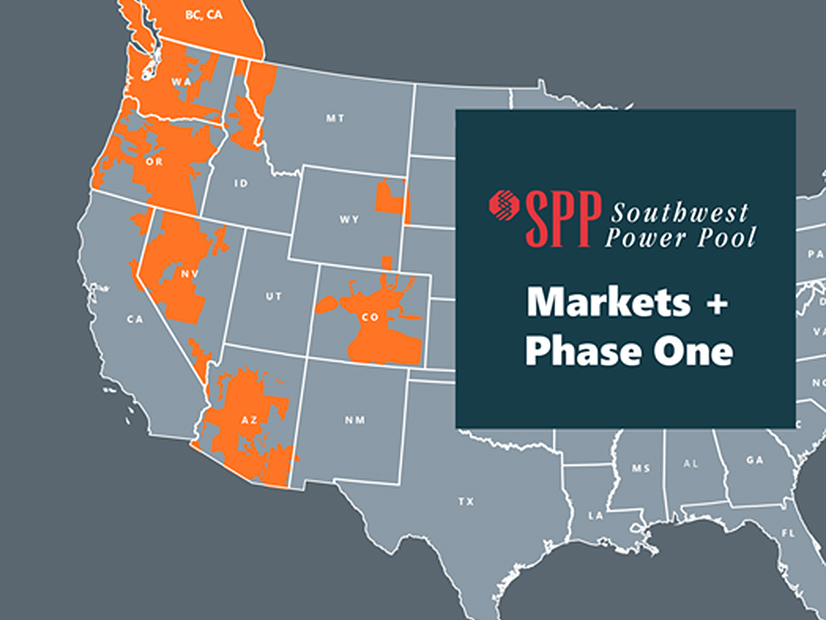SPP filed its Markets+ tariff at FERC on March 29, the culmination of a more-than-yearlong collaboration with potential participants and stakeholders to draft rules and protocols for the grid operator’s day-ahead market offering in the Western Interconnection.
The tariff was formally approved by the SPP Board of Directors last week. The language previously was endorsed by Markets+ stakeholders and a panel of independent SPP directors. (See SPP Board Approves Markets+ Phase 1 Tariff.)
“SPP’s mission and success [depend] on working together effectively, and it’s been a privilege to work alongside our new western stakeholders to craft market policy that will create a brighter, more resilient energy future in the West,” CEO Barbara Sugg said in a statement.
Sugg added she’s looking forward to “bringing Markets+ to life.”
SPP requested that the commission issue an order by July 31. It also asked for an extended 31-day public comment period, and it committed to specifying a precise effective date before implementation, currently targeted for the second quarter of 2027 (ER24-1658).
As SPP doesn’t yet have an effective date, it followed FERC precedent in setting a date of 12/31/9998 for tariff records submitted in the filing.
The RTO’s staff worked with staff from 38 western entities that executed agreements to participate in the first phase of Markets+’s development.
“It’s been critical to us that the development of Markets+ be driven by western stakeholders,” said Antoine Lucas, SPP’s vice president of markets and sponsor of the Markets+ program. He said SPP’s approach has resulted in a market design that would improve the grid’s reliability and affordability, enable participants to meet clean energy mandates and goals and to do so in a way that “ensures equity for every market participant.”
SPP is competing with CAISO’s Extended Day-ahead Market (EDAM) in attracting western entities to Markets+. FERC has already approved the bulk of EDAM’s tariff, and Portland General Electric and Idaho Power recently signaled their intent to join the CAISO market. That increases EDAM participants to five members. (See CAISO Wins (Nearly) Sweeping FERC Approval for EDAM and CAISO’s EDAM Scores Key Wins in Contested Northwest.)
In a news release, SPP provided positive statements from several western stakeholders, perhaps none more important than that of the Bonneville Power Administration (BPA). The federal agency operates more than 15,000 miles of transmission and nearly 17,500 MW of generating capacity in the Northwest, lending significant weight to its decision on joining a day-ahead market.
Rachel Dibble, BPA’s vice president of bulk marketing and a member of the Markets+ Participants Executive Committee (MPEC), told SPP she appreciated the grid operator’s “collaborative and transparent stakeholder-driven governance model” used to develop the tariff language.
“The result is an end product that recognizes the needs and perspectives of all participants and accounts for BPA’s legal obligations,” Dibble said.
Arizona Public Service’s Brian Cole, vice president of resource management, noted his customers’ energy needs will increase dramatically over the next few years. He said the utility is “thoughtfully exploring market options.”
“SPP’s Markets+ provides a promising framework to serve the West with dependable, diverse and cost-competitive power supplies,” Cole said.
Northwest & Intermountain Power Producers Coalition Executive Director Spencer Gray, a prominent voice for the independent sector, applauded the commitment and work by Markets+ participants, stakeholders and SPP staff for “improving wholesale energy markets in the West.” (See “Independents Sector Changes,” SPP Markets+ Participants Executive Committee Briefs: Jan. 23-24, 2024.)
SPP and western stakeholders will continue their work to define protocols for the market’s administration while awaiting FERC’s approval of the draft tariff.

